Patara
In his book “The Spirit of Laws”, the famous thinker Baron de Montesquieu cited the form of governance of the Lycian League as “the most perfect example of a republic”. The majestic Council Chamber (Bouleuterion) in the capital city Patara enabled this first known “most perfect” form of governing in history.
This ancient city and its 18 km long magnificent beach make Patara one of the most attractive places in Antalya. It is located in today’s Gelemiş Village between Fethiye and Kalkan, about 42 km from Antalya’s Kaş district. Patara is also a Lycian port city located east of the Xanthos River (Eşen River), southwest of the Teke peninsula, west of Antalya, which was known as Lycia in ancient times. Patara, which fascinates visitors with its natural beauty, also stands out with its archaeological values. The ancient city, which attracts attention with its eye-catching architecture, is spread over a wide area on the east side of the port. Patara, which became famous as the birthplace of god Apollo, was first mentioned by famous historian Heredot. Research revealed that the name of the city was mentioned as Patar in Hittite texts from the 13th century BCE. It remained an important city throughout history, as it is the Xanthos Valley’s only entrance to the sea.
There are Lycian type tomb monuments of the Roman era at the entrance of the city. You are welcomed by the architecturally impressive Triumphal Arch (Zafer Takı) with three archways. The Hurmalık Bath (Hurmalık Hamamı) and the remains of the triple-naved Basilica at the port are worth a visit. The Stadiasmus Patarensis (ancient Roman milestone) is one of the impressive works in Patara. Archaeologists note that this is the oldest and most comprehensive road-sign in the world, which also shows the distance between the Lycian cities. Inscriptions show that the theatre, located at the southernmost end of the city leaning on the Kurşunlu Hill (Kurşunlu Tepe), was rebuilt in 147 BCE after an earthquake. The Kurşunlu Hill, where the theatre sits, is the most beautiful to get a general view of the city. The construction date is stated as 69-70 and reflects features of the Vespasian Bath (Vespasian Hamamı). When walking further on the path next to the bath you will reach Patara’s marble-paved Main Street. The granary (Granarium) behind the northwest of the hill is one of the monumental structures of Patara today. It was built by Emperor Hadrian and his wife Sabina in the 2nd century BCE. To the north of the theatre is the Parliament Building (Parlamento Binası), where Patara, the capital of the Lycian League, hosted meetings. The Byzantine Castle, which was one of the important buildings of the period, exhibits its majesty with its wide walls located beyond the street. The Corinthian Temple (Korint Tapınağı) at the east of the Castle and the Byzantine Church (Bizans Kilisesi) at its western end are other places you can see on your journey through the ancient city. Water was led to the city from the cliffs on the slope of Kızıltepe, near the İslamlar Village, about 20 kilometres northeast. The most monumental section of the aqueduct between the water source and the city, called the “Delik Kemer”, is north at the Fırnaz port. The magnificent Patara Theatre (Patara Tiyatrosu), hidden under the sand for many years, was cleaned from the sand during archaeological works and opened to visitors. It has a capacity of about 10,000 people, and was built in the 2nd century BCE.
During the three-hundred-years history of the Roman Empire, Patara was one of the most important cities for both, Lycia and Anatolia, and maintained its urban structure without interruption during transition to the Eastern Roman period (Byzantine period). It resisted the strains of time and was admired by all who visited it. In addition, Patara is mentioned as “the city of Patere, where Saint Nicholas was born”, known as Santa Claus across the world. Until today, Patara and Lycian League, with their close relation to nature, the cultural and economic wealth of its people, and their democratic structure and ideals, continue to be an inspiration and motivation to peoples and states in how to shape a better future.




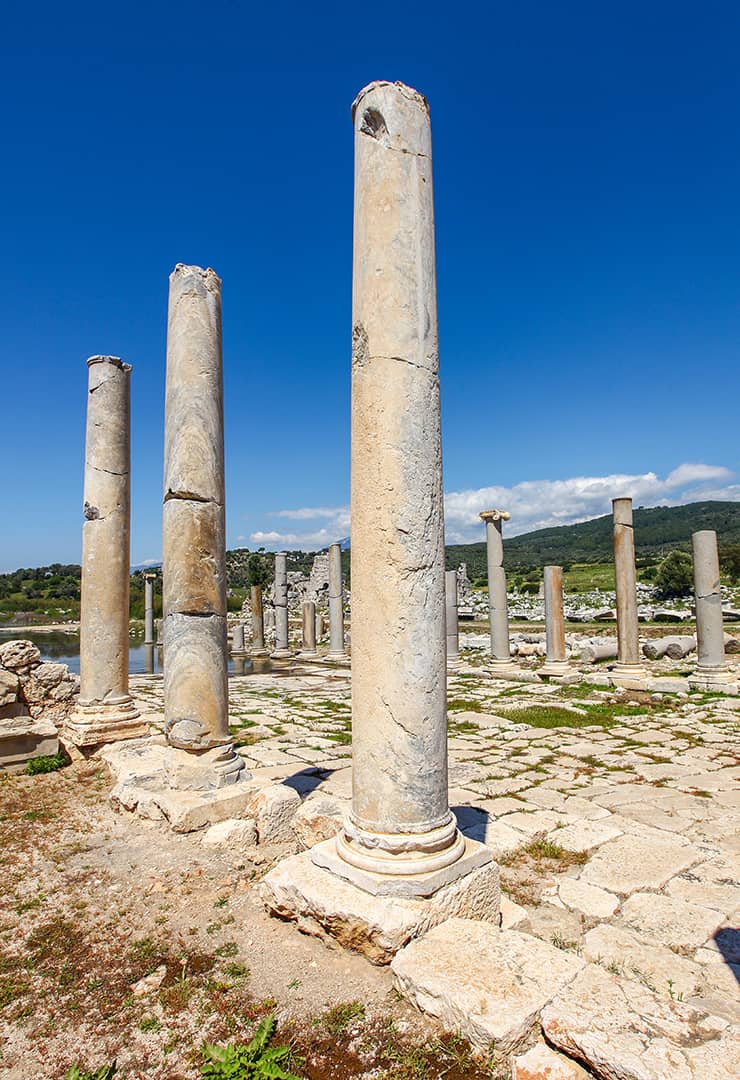
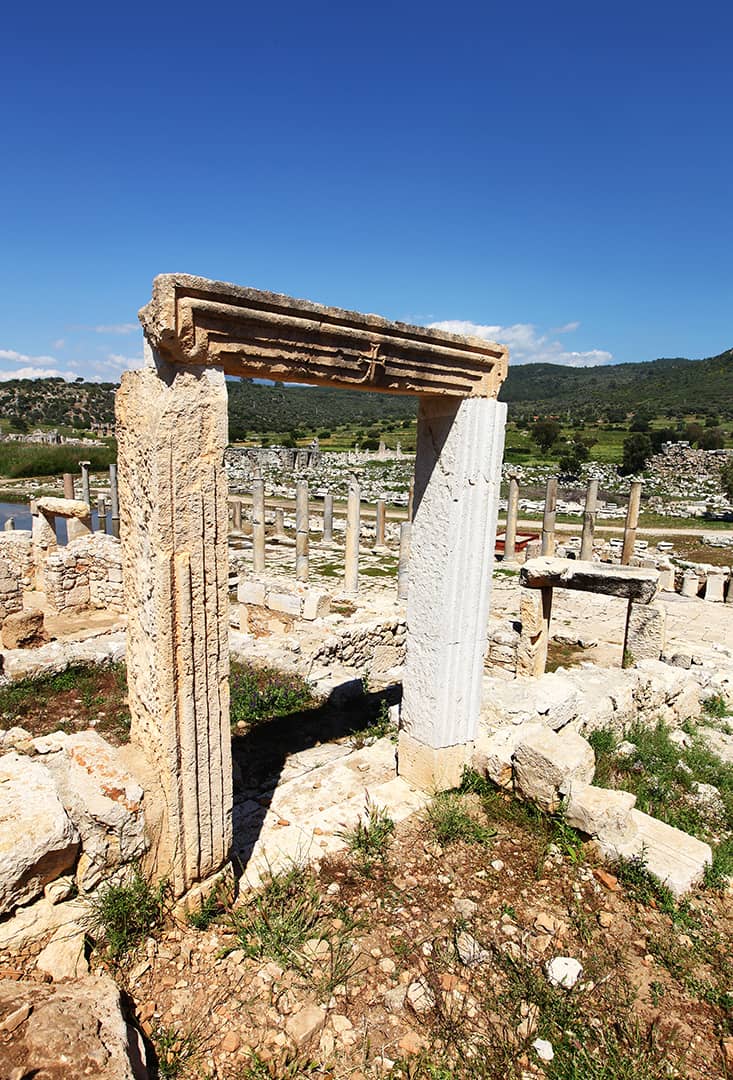
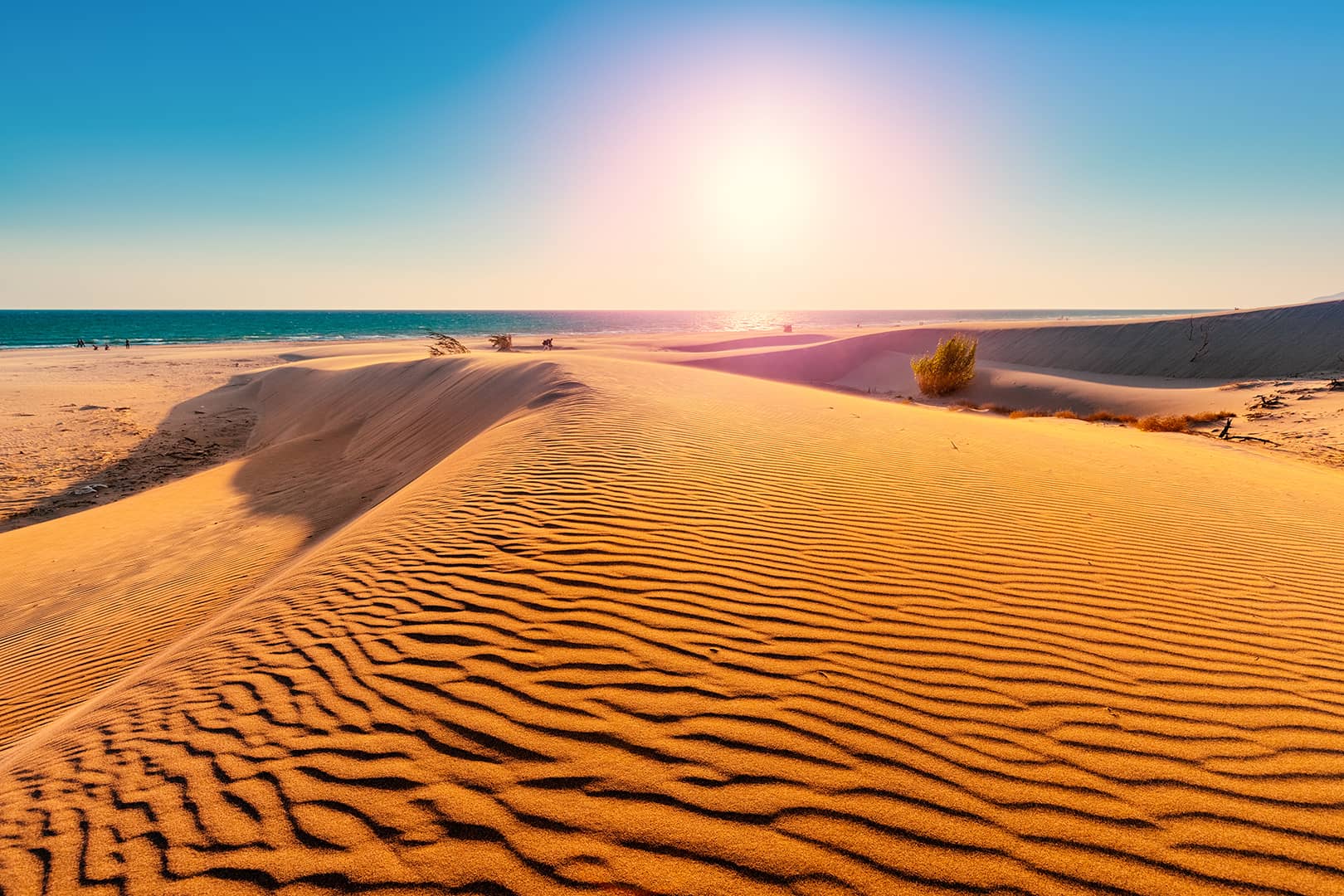
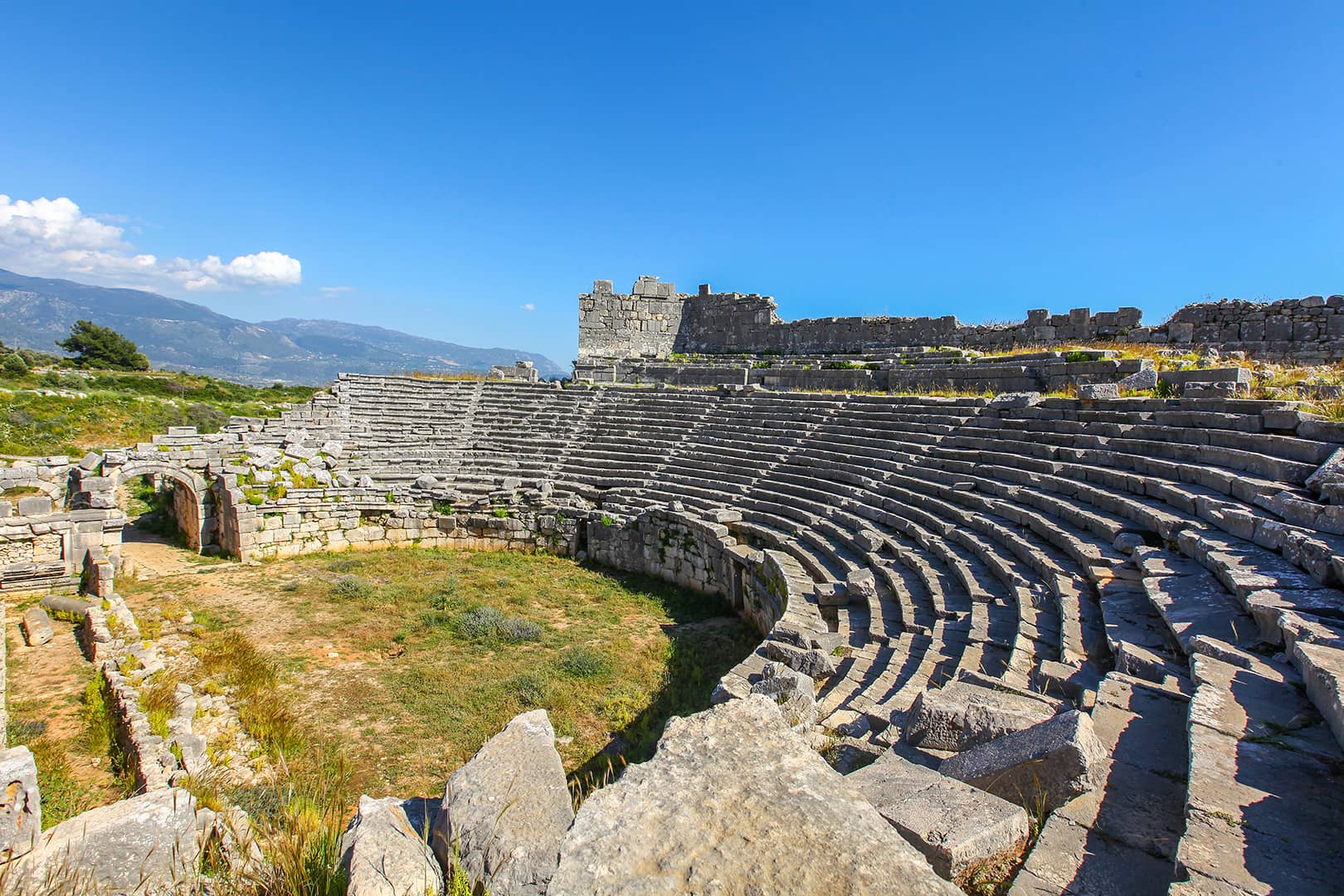
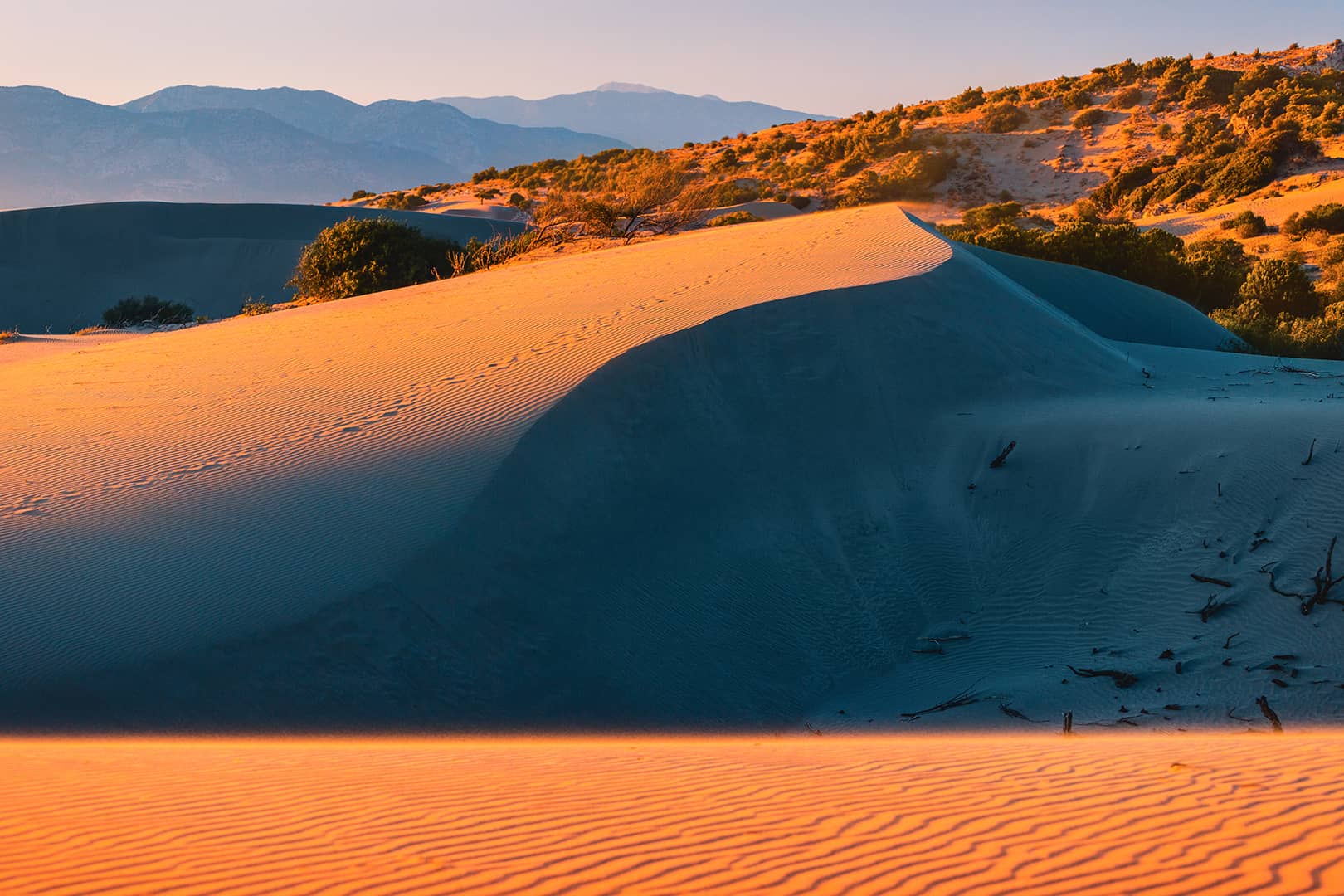
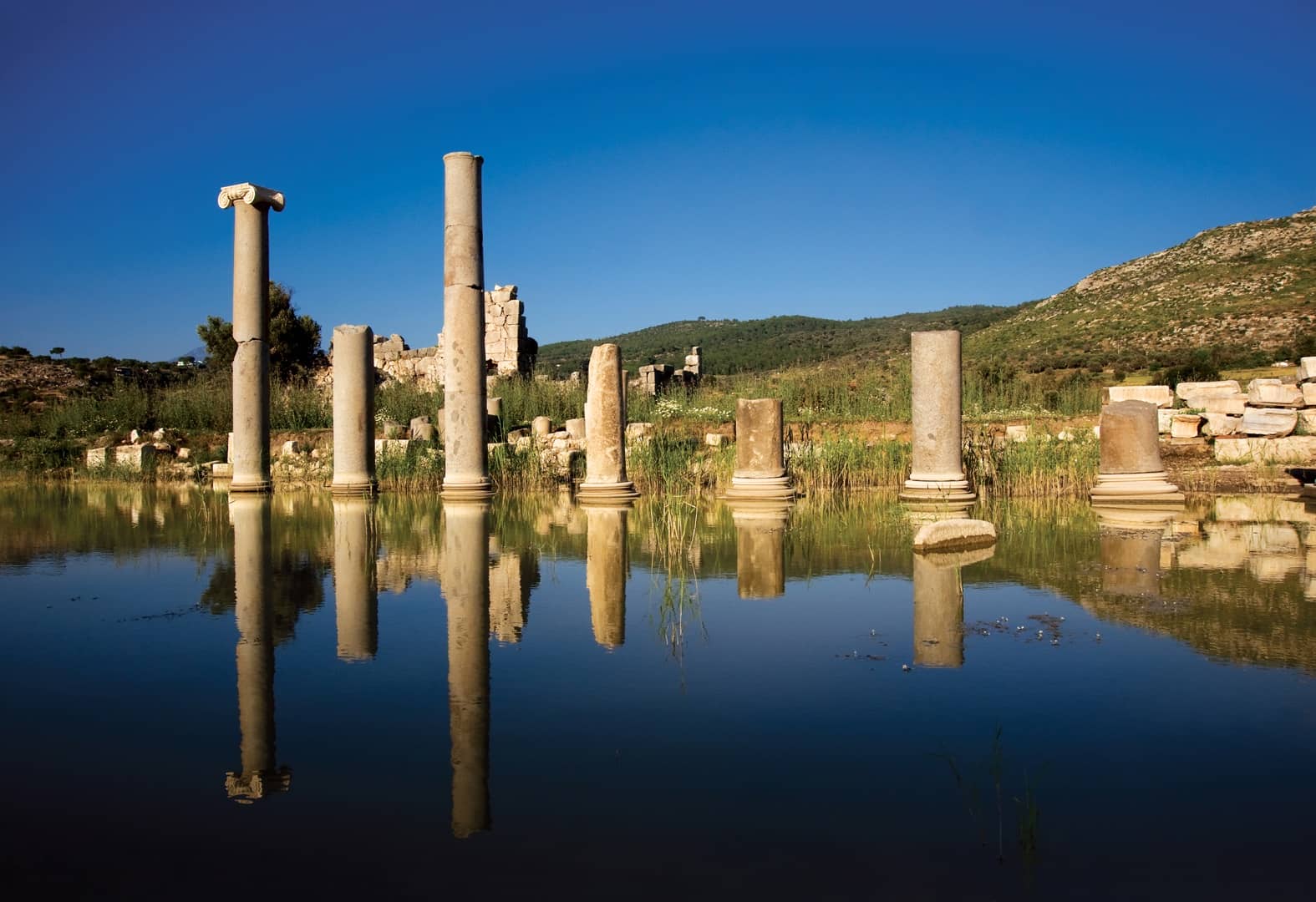
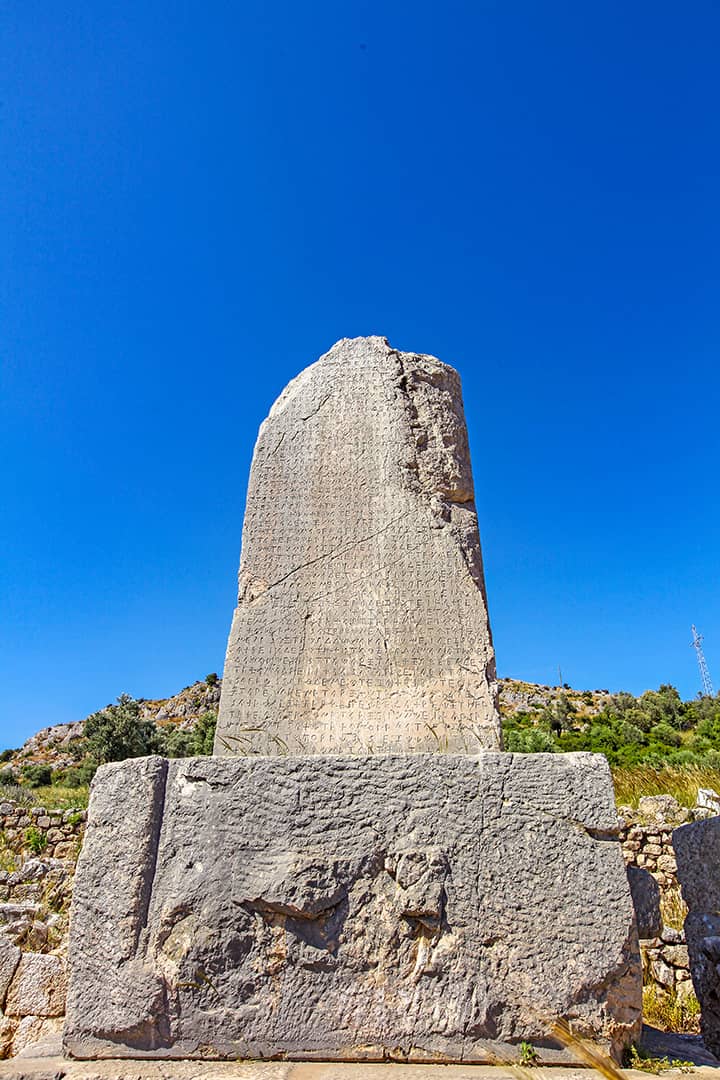
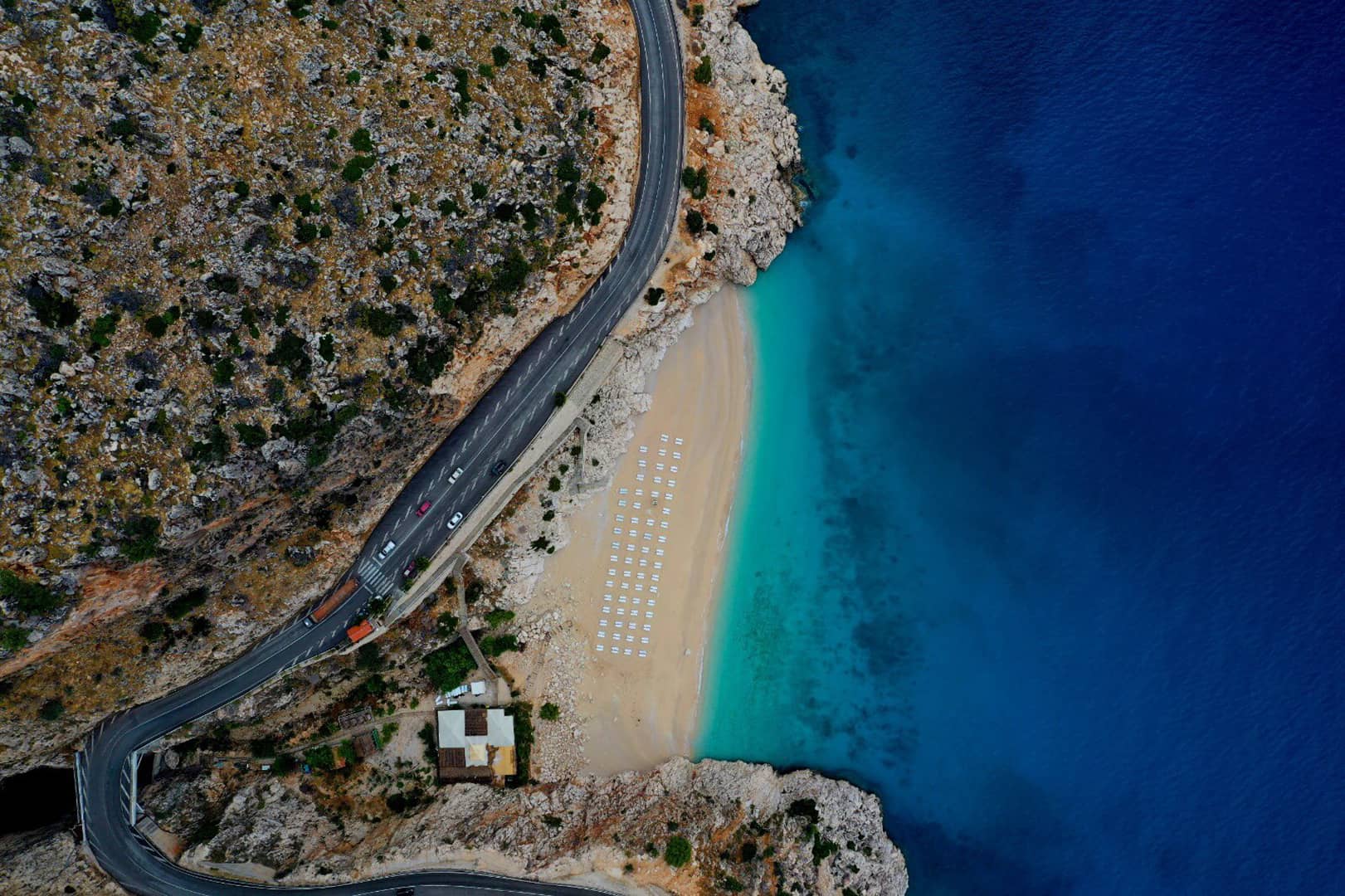
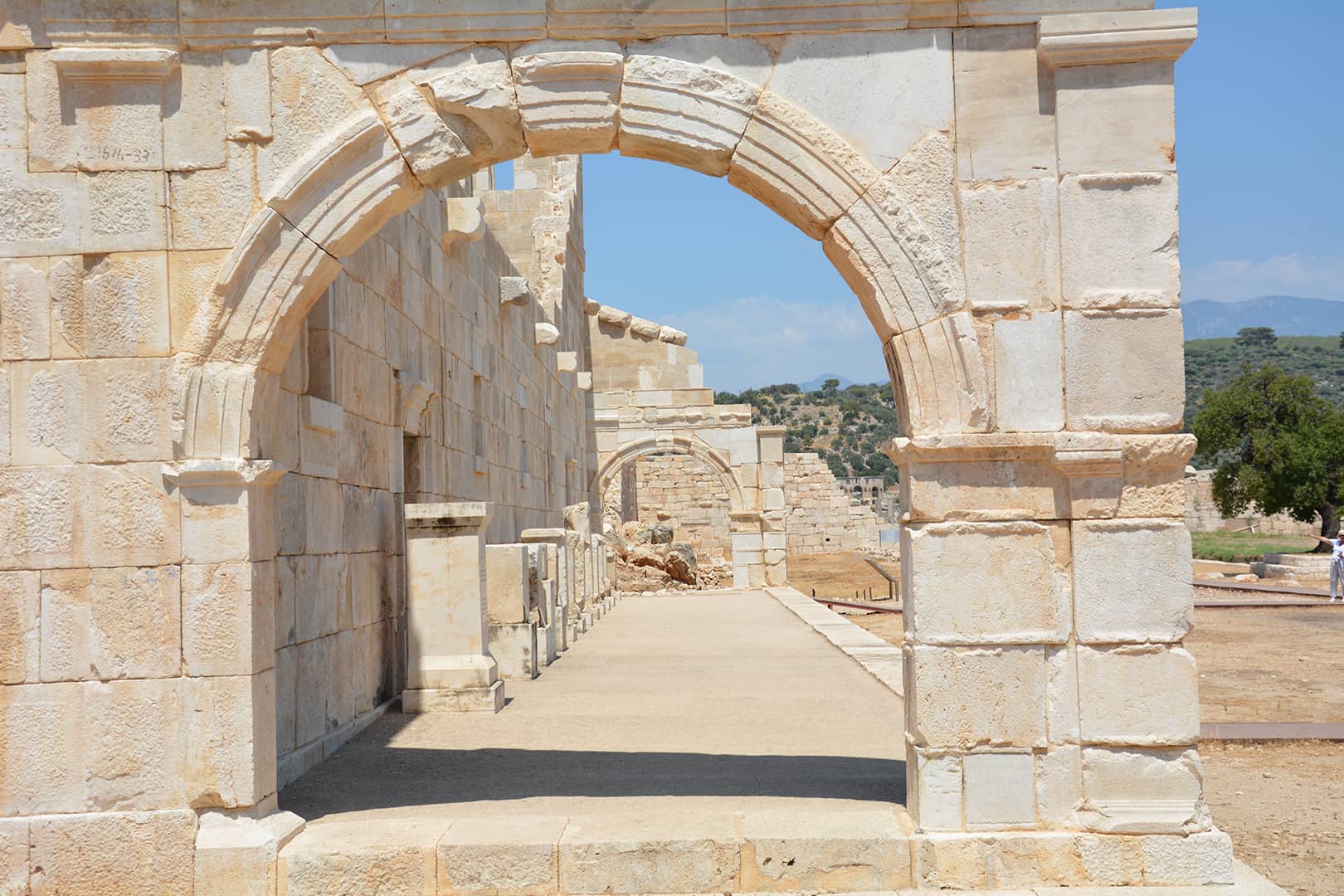

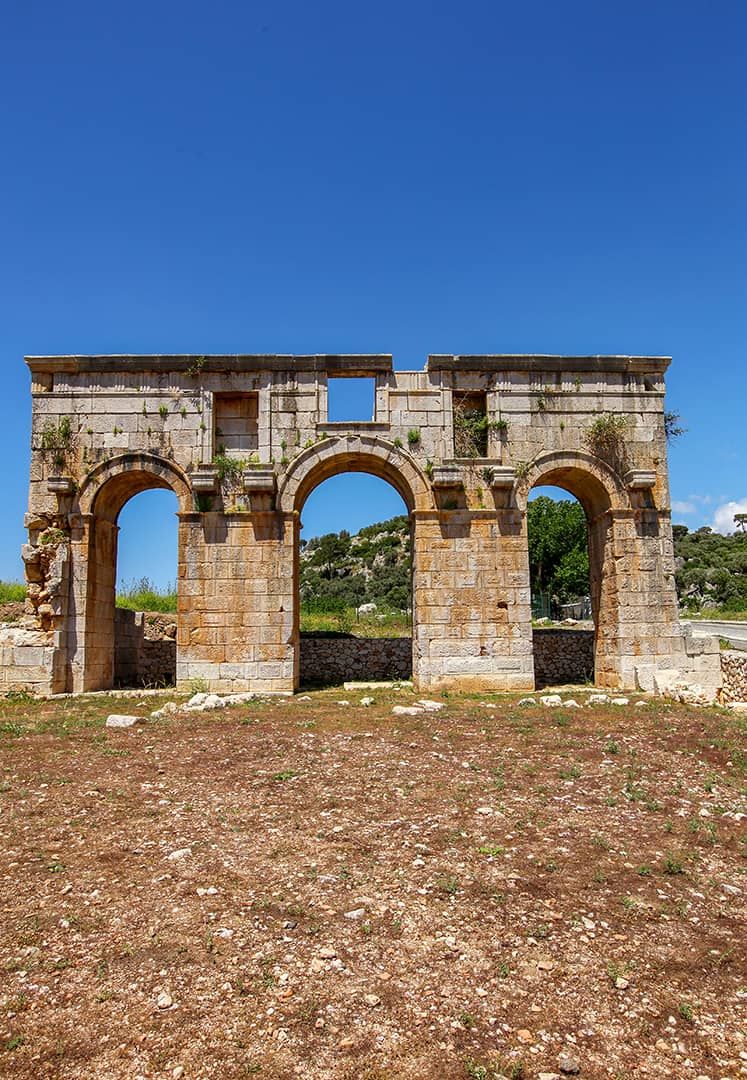
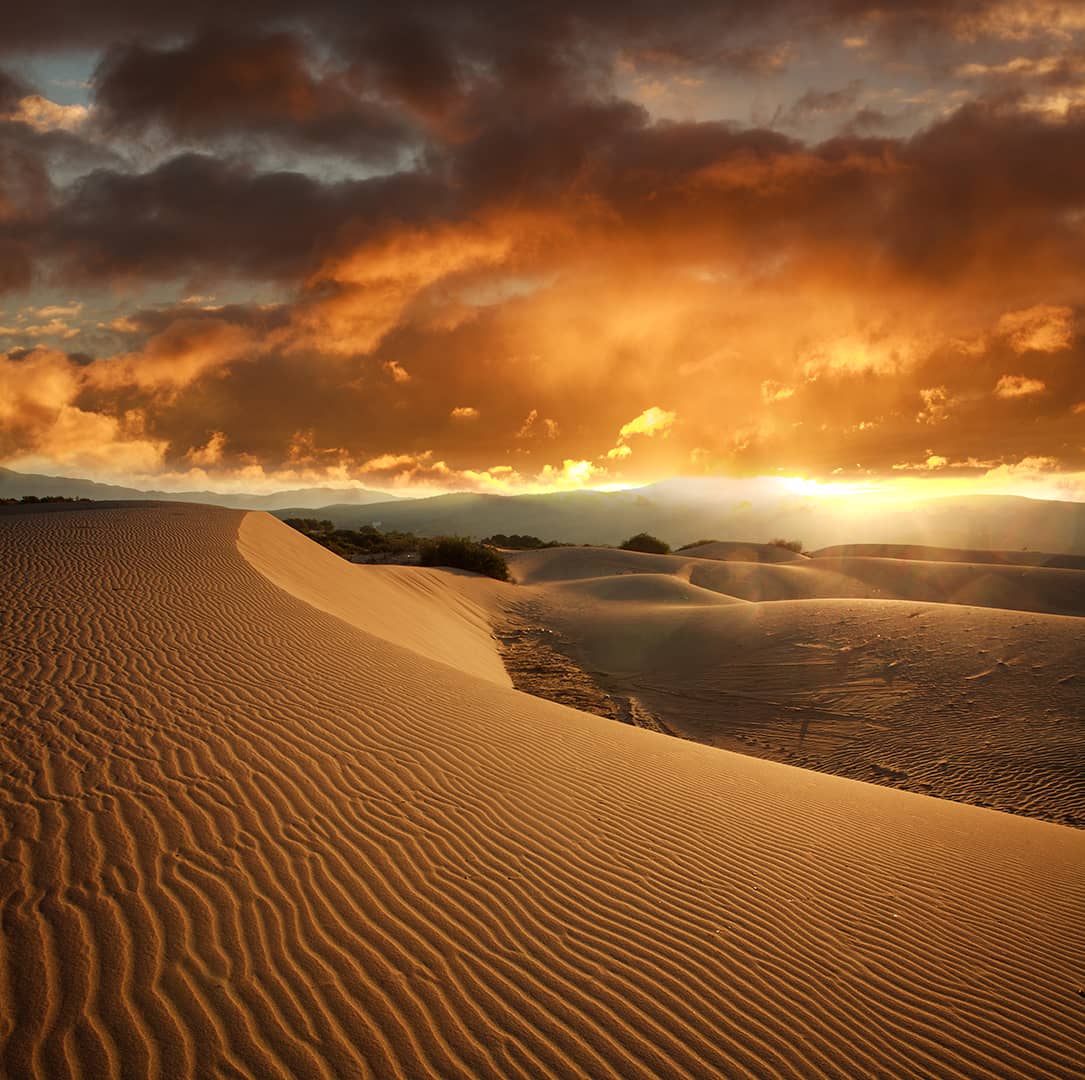
Leave Your Comments